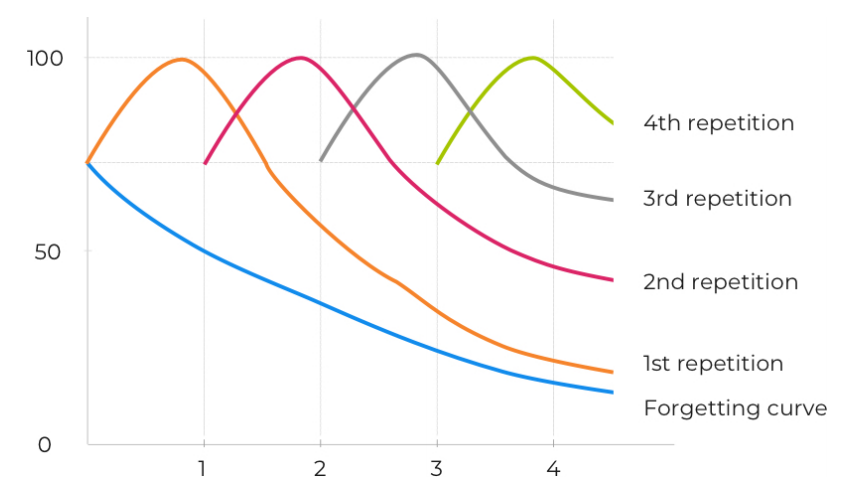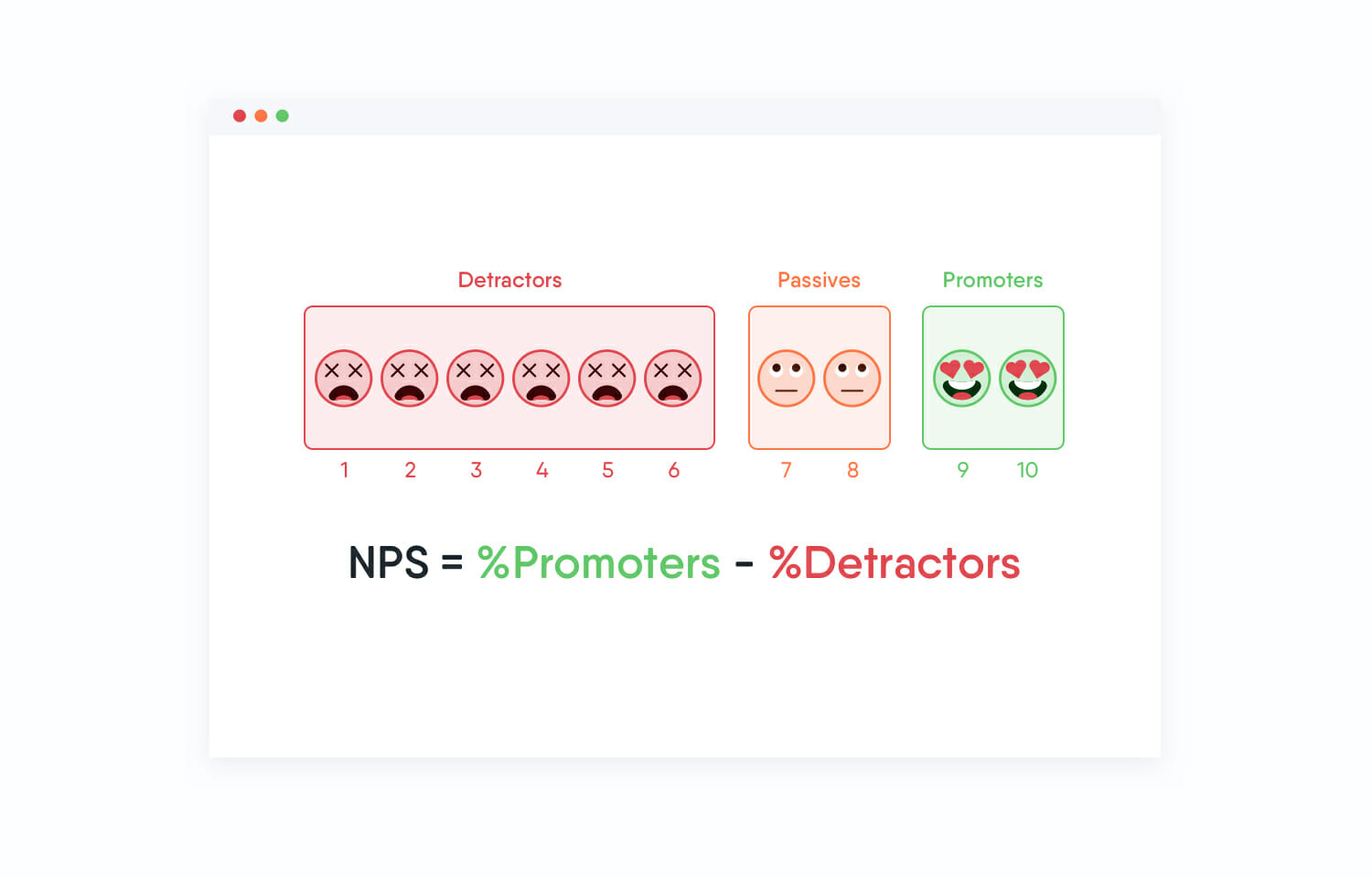E-learning best practices: Nine cornerstones of effective course creation
Most people in the workforce are experts in a certain field and are happy to share their knowledge with others. However, very few people are experts when it comes to creating e-learning courses. That’s why we have identified nine cornerstones — or e-learning best practices — that can guide you in producing an effective e-learning content design.

What are e-learning best practices?
In e-learning, there is no one-size-fits-all solution. Effective e-learning content is tailored to learners’ objectives and needs as well as your organization’s wider structure, resources, and goals. Still, there are a few established best practices for e-learning design to ensure that regardless of the topic or your previous course creation experience, the final content is optimized for learner engagement and effectiveness. Below, we’ll take a look at some of these e-learning best practices to show you how you can design useful e-learning content that effectively meets your organization’s learning needs.
1. Use learning objectives
A clear learning objective is a must-have to start. Before you do anything else, start by setting a SMART goal for your course or assessment. This is one of the best practices for e-learning design that ensures your course is set up for success from the get-go. What will your learners know or be able to do after they have completed your course? Your course’s goal helps you define one or more specific learning objectives.
Read the full blog post about using learning objectives.
2. Create courses in the right order
When creating a new e-learning course, most people start by writing educational content and then maybe add a few questions at the end. The problem with this approach is that you wind up with PowerPoint-like courses that are neither engaging nor effective.
The right order for creating high-impact courses is:
- Set your goals and objectives.
- Determine how to assess these goals and objectives (create questions and activities).
- Create content that’s relevant to your questions (helping your learners answer the questions).
There are two key advantages to following this approach. First, it allows you to keep your courses shorter and more effective. Second, it helps you as an author to focus only on sharing content that is relevant to the course or resource.
Read more about creating courses in the right order. And learn more about how to optimize your e-learning design to fit your organization’s unique learning needs.
3. Use various course templates to beat the forgetting curve
In 1885, psychologist and memory researcher Hermann Ebbinghaus discovered that human beings forget 90% of what they learn within just hours of learning it. This is because of the way our brain is wired.
Repetition is the key to retaining knowledge. Therefore, the most effective courses are not lengthy, one-time sessions, but a series of small, repetitive units offered over time. This means providing learners with opportunities to repeat the learning in different forms. Varying your course templates can help you achieve the most effective educational structure.

Using a variety of question types can also help your learners beat the forgetting curve. Our research has shown that 56% of e-learning question types used in Easygenerator are single- or multiple-choice. Don’t just repeat, ask the question and offer the knowledge in different formats, e.g. a quiz, a scenario question, text, visuals, video. In other words, you should make use of a variety of question types in order to gain maximum impact from your course.
Additionally, keep in mind that learners may want to access their learning content from different devices so your content should be designed with these different formats in mind. To learn more about creating courses that are easily accessible across platforms, check out our tips about how to create responsive e-learning.
At Easygenerator, we make it easy to switch up your learning content by offering an extensive library of diverse (and responsive!) course templates that can be used for free. Check our courses templates to get started today.
4. E-learning design: bite-size is the right size
When it comes to effective e-learning design, big things come in small packages. Avoid designing courses or assessments that are too large for people to easily digest.
As an e-learning best practice, aim for a course length of 5 to 15 minutes. If you cannot reach your learning goal within 30 minutes, split it into multiple learning objectives or use a learning path (create a series of courses).
Use short paragraphs and sentences and get straight to the point. Ideally, no more than 25% of your sentences should exceed 20 words.
5. Follow these basic writing rules
Good writing leads to good learning. Here are some basic writing rules to follow:
- Know your audience.
- Have a clear goal.
- Put the key information up top, important details next, and minor details last.
- Write in short, simple sentences (30 words max).
- Use the active voice.
- Use images and videos if possible.
- Always have your course reviewed before you publish it.
Tips for writing an e-learning course with a high learning impact.
6. Build a feedback culture
Feedback is a powerful tool in your e-learning toolkit and building a feedback culture is one of the best practices for e-learning design. Learners naturally want to know where they’re going wrong and find out how they can improve their performance. Take advantage of this by using test questions in your e-learning courses as an opportunity for offering feedback.
When learners get a question incorrectly, always make sure they understand where they went wrong, what the correct response is, and why the content is important. Similarly, when learners get a question correctly, be sure to go beyond “good job,” and reiterate the intended takeaway.
Read more about the power of giving meaningful feedback.
The feedback culture also shouldn’t be limited to your learners. Authoring tools, including Easygenerator, enable you to seamlessly collaborate with colleagues and subject matter experts. You can even request feedback from team members via comments and co-authoring, which ultimately ensures your e-learning content design is effective, up to date, and didactically sound.
Check out the best e-learning software for Mac.
7. Gather learner input with the Easygenerator NPS feature
Test scores are the usual standard for measuring a course’s effectiveness. However, they don’t always tell the whole story. Learner engagement is a better indicator for determining whether your course adds value.
Ask learners for their opinion about your course. Use a rating system or, even better, net promoter score (NPS). This helps you identify how your learners respond to your e-learning content, and determine whether you need to make improvements to change direction. All courses in Easygenerator offer an NPS survey by default.
Read more about collecting learner feedback.

8. First curate, then create
Writing original content is great but it only adds value if the content is new. Before creating a course, always check to be sure there isn’t already content out there that covers that same topic.
As a subject matter expert, you probably read a lot about your field of expertise. This adds depth to your knowledge which is very useful to you and your colleagues. However, if you simply share links to other resources, you are not adding all the value you could. The real solution is to be selective about how you present your knowledge to your colleagues. We call this “curating” your knowledge.
Read more about learning to curate your knowledge.
9. Share your knowledge and experience
We hope you have gotten a taste for knowledge sharing by now. We encourage you to continue sharing your knowledge with your colleagues. This strengthens your reputation as an expert and even helps you to learn more in the process. It also saves you time, because you will no longer need to train each of your colleagues individually or repeat the same information over and over. Lastly, it improves the culture within your organization, creating a supportive, sharing environment.
Need some inspiration to get started? Check out the best e-learning examples to create engaging and effective courses.
This article focused on the nine cornerstones of creating courses and assessments but also explored other ways of actively sharing your knowledge. Consider writing a blog or creating a podcast, for example. Train your colleagues, curate content, or make a video. Whatever you do, keep up the good work!
Free 14-day trial with Easygenerator: Put our e-learning tips into practice
A user-friendly authoring tool like Easygenerator makes it easier to start creating online learning content and to apply the e-learning best practices above. Using our drag-and-drop creator, anyone can create engaging courses and break content up into digestible, bite-sized sections. And in addition to applying the e-learning best practices above, you can leverage our design feature to customize your course according to your brand colors and identity.
Want to collaborate on a course with a colleague? Easygenerator enables you to add co-creators to your course and exchange comments in the app, allowing for quality remote collaboration. And if still aren’t sure where to start, our range of support services are at your fingertips, from our live in-app support chat to personalized onboarding sessions at your request.
In the meantime, we invite you to explore all Easygenerator has to offer you by signing up for a free, 14-day trial with unlimited access to our features. No obligations.
 14 day trial with access to all features. Start with variety of course templates.
14 day trial with access to all features. Start with variety of course templates. Get unlimited design inspirations. Level up your courses.
Get unlimited design inspirations. Level up your courses. Upload your PowerPoint presentations. Get instant courses created.
Upload your PowerPoint presentations. Get instant courses created.



























